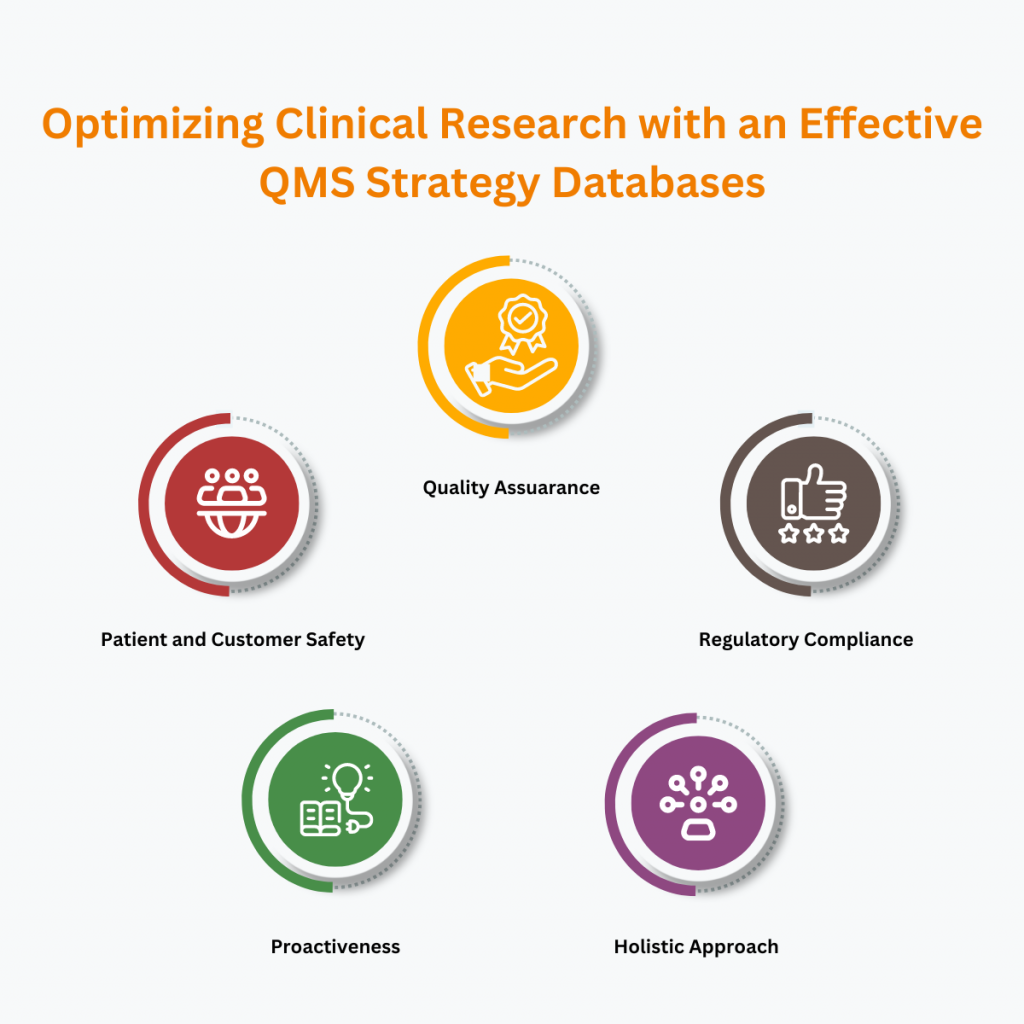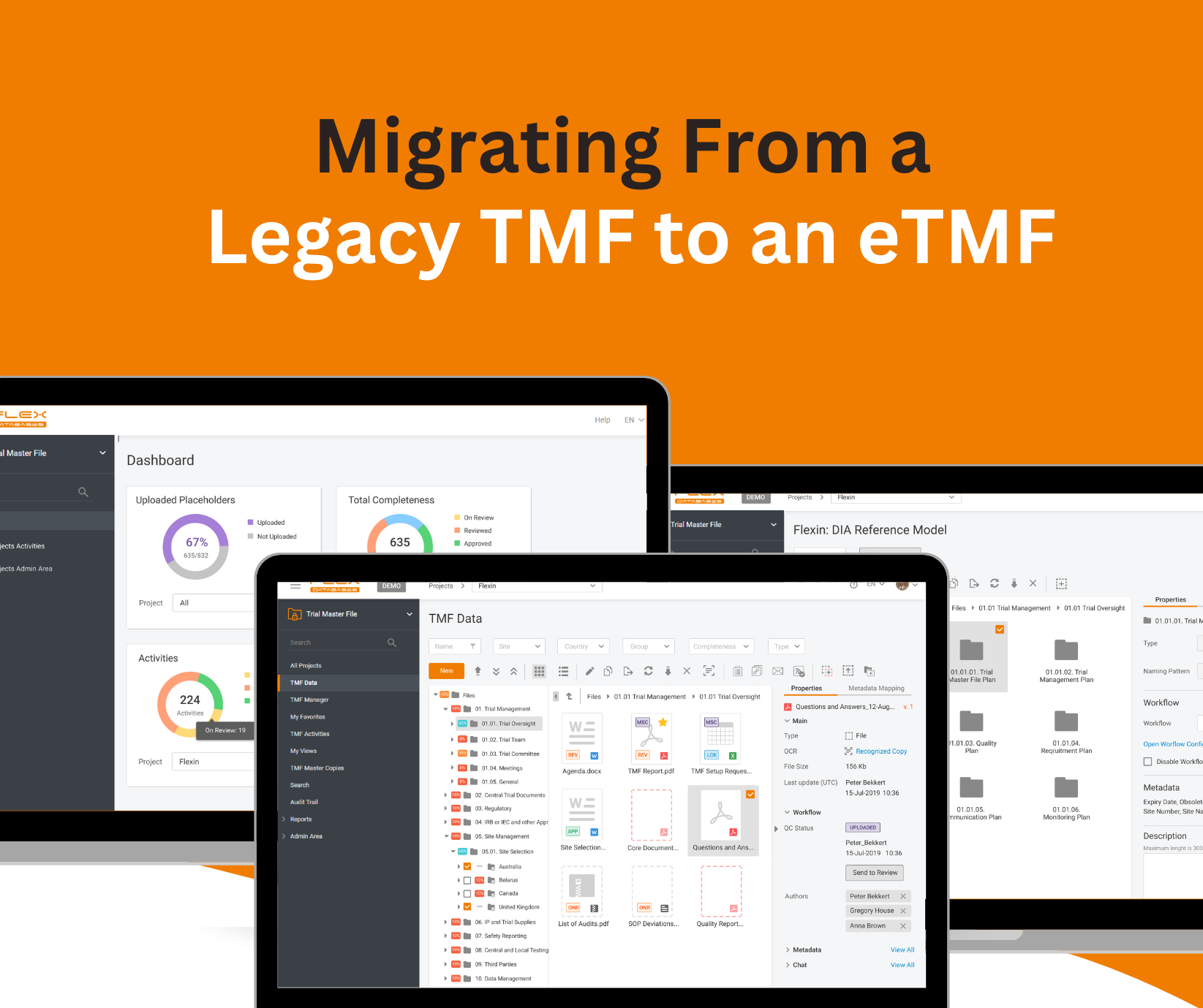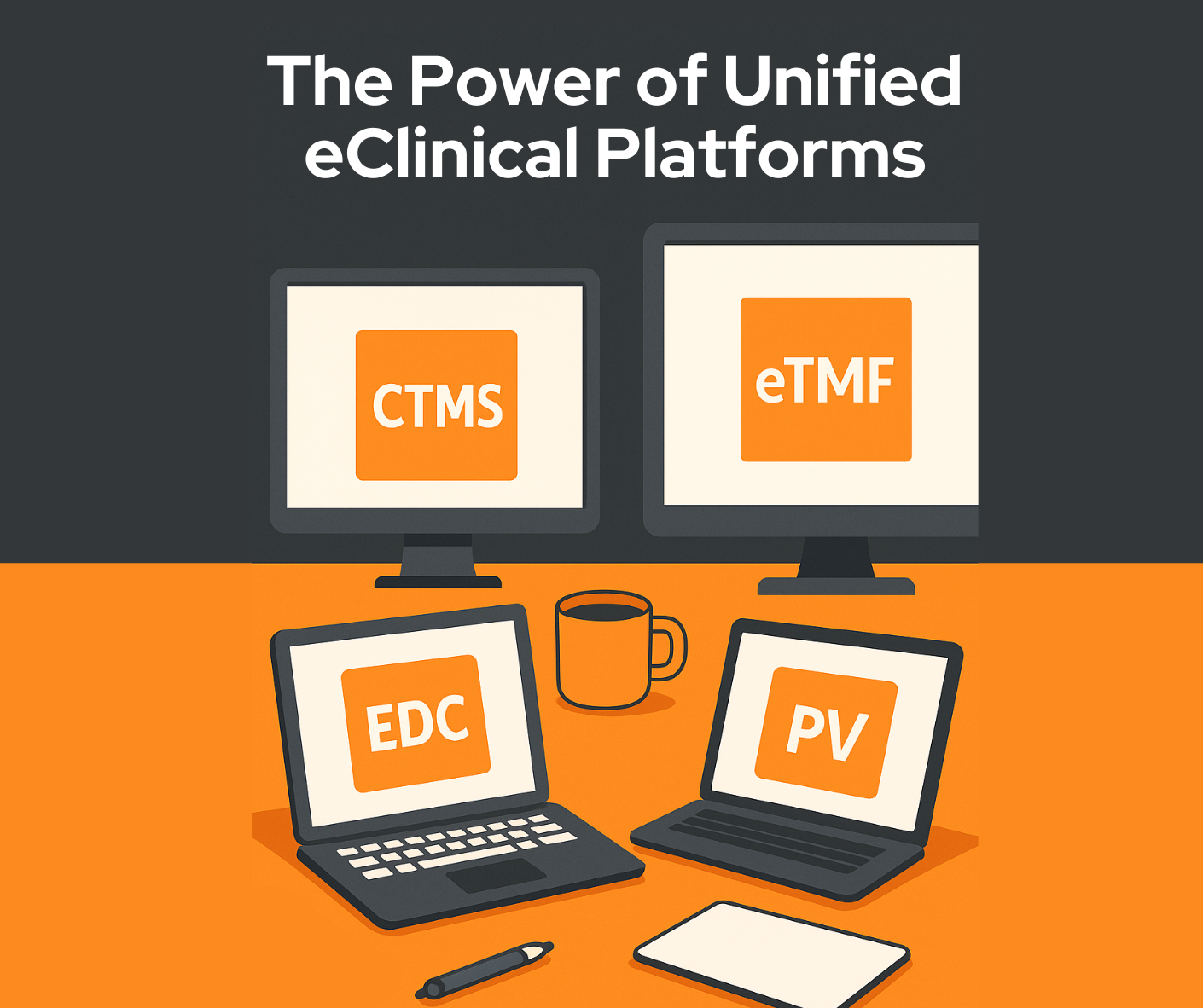Quality Over Quantity: Optimizing Clinical Research with an Effective QMS Strategy Databases
June 11, 2024

Quality management in clinical research is crucial to ensure the integrity, reliability, and validity of the data collected. This process encompasses all activities that ensure the study is conducted in compliance with regulatory requirements, guidelines, and best practices. Adding QMS strategy databases in your organization can help your processes by miles.
For one, implementing a QMS in clinical trials has significantly enhanced patient safety by ensuring rigorous adherence to protocols and regulations.
However, balancing quality and quantity in clinical trials is a significant challenge. As the demand for faster and more numerous trials increases, maintaining high-quality standards becomes more complex.

The Importance of Quality Management in Clinical Research
Compliance and Integrity
Regulatory requirements in clinical research are designed to ensure the safety, efficacy, and ethical conduct of clinical trials. These requirements are set by various national and international regulatory bodies, including:
- Food and Drug Administration (FDA): In the United States, the FDA oversees clinical trials to ensure the safety and rights of participants, as well as the integrity of data. The FDA’s regulations are outlined in the Code of Federal Regulations (CFR), particularly 21 CFR Parts 50, 56, and 312.
- European Medicines Agency (EMA): In the European Union, the EMA provides guidance and oversight for clinical trials, ensuring compliance with Good Clinical Practice (GCP) as outlined in the International Council for Harmonisation (ICH) guidelines, particularly ICH E6 (R2).
- International Council for Harmonisation (ICH): The ICH develops guidelines that harmonize technical and scientific aspects of clinical trials across different regions. The ICH GCP guidelines are a key component, providing a unified standard for designing, conducting, recording, and reporting trials.
- Institutional Review Boards (IRBs) / Ethics Committees: These independent bodies review and approve clinical trial protocols to ensure ethical conduct and the protection of participants’ rights and welfare.
Enhancing Efficiency and Reducing Errors
High-quality data is the backbone of successful clinical research, significantly impacting the overall research outcomes. Here’s how high-quality data enhances efficiency and reduces errors:

- Accuracy and Reliability: High-quality data ensures that the information collected is accurate and reliable. This accuracy reduces the likelihood of errors in data analysis, leading to more credible and valid research outcomes.
- Reproducibility: Research findings must be reproducible to be accepted by the scientific community. High-quality data obtained through rigorous data collection and management processes increases the likelihood that other researchers can replicate the study results.
- Efficiency in Data Analysis: When data is of high quality, it is well-organized, complete, and free from significant errors. This streamlines the data analysis process, saving time and resources. Researchers can focus on interpreting the results rather than cleaning and verifying the data.
- Regulatory Approval: Regulatory bodies scrutinize the quality of data submitted in support of new drug applications or medical device approvals. High-quality data meets regulatory standards, facilitating smoother and faster approval processes.
- Minimized Rework: Errors in data collection or management can lead to the need for rework, such as repeating experiments or reanalyzing data. High-quality data minimizes these errors, reducing the need for costly and time-consuming rework.
- Enhanced Decision-Making: High-quality data provides a solid foundation for making informed decisions. Researchers, clinicians, and policymakers can trust the results, leading to better decisions regarding patient care, treatment guidelines, and further research directions.
- Cost Savings: By reducing errors and the need for rework, high-quality data leads to cost savings. Efficient data management and analysis processes lower the overall cost of conducting clinical trials.
- Patient Safety: Accurate and reliable data directly impacts patient safety. High-quality data ensures that safety signals are detected promptly and that the benefits and risks of a treatment are accurately assessed.
3 Key Components of an Effective QMS for Clinical Research
Standard Operating Procedures (SOPs)
Standard Operating Procedures (SOPs) are essential in clinical research to ensure consistency, compliance, and quality. These detailed, written instructions guide staff in performing tasks uniformly, thereby reducing variability and ensuring adherence to regulatory requirements and ethical standards.
SOPs enhance quality assurance by minimizing errors and serve as valuable training resources for new staff. Additionally, they provide a documented process for review and auditing, ensuring transparency and accountability in clinical research activities.
Document Management Systems (DMS)
In clinical research, a DMS ensures compliance with regulatory requirements, facilitates audit readiness, and supports collaboration by allowing simultaneous access, review, and editing of documents by multiple users. Robust security features protect sensitive information, and version control maintains document integrity by tracking changes and archiving previous versions.
When selecting a DMS for clinical research, it is essential to ensure it complies with industry standards such as 21 CFR Part 11.
Comprehensive version control, detailed user access controls, and audit trails are crucial features for maintaining document security and traceability. Plus, a user-friendly interface enhances efficiency and integration capabilities with other systems, such as electronic data capture (EDC) and clinical trial management systems (CTMS), to streamline overall research processes.
Training and Competency Management
Training is vital in clinical research to ensure personnel are knowledgeable about protocols, regulatory requirements, and best practices. A well-trained staff can also better manage and respond to adverse events, thereby safeguarding participant safety.
Effective training and competency assessment strategies include comprehensive onboarding programs, regular refresher training sessions, and competency assessments to evaluate understanding and application of training. Hands-on training opportunities, such as workshops and simulations, allow staff to practice their skills in real-world scenarios. Encouraging continuing education and professional development through courses, certifications, and conferences further enhances staff competency. It’s always essential to continue education, and professionals can even do it online like these examples from Research.com cheapest online nursing programs. Collecting feedback on training programs and continuously evaluating their effectiveness ensures ongoing improvement and relevance.
Choosing the Right QMS Software for Clinical Research
Selecting the right Quality Management System (QMS) software for clinical research involves considering several key features to ensure it meets the rigorous demands of the field.
- Regulatory compliance is paramount. The software must adhere to industry standards such as 21 CFR Part 11 for electronic records and signatures.
- Robust document control capabilities are also essential, including version control, secure storage, and easy retrieval of documents.
- The software should also support audit trails to track changes and ensure traceability, which is critical during regulatory inspections.
- Workflow automation is another crucial feature, allowing for the automation of routine processes such as document approvals and review cycles, thereby improving efficiency and reducing manual errors.
- Integration capabilities are important for seamless interaction with other systems used in clinical research, such as Clinical Trial Management Systems (CTMS) and Electronic Data Capture (EDC) systems.
- User access controls should be detailed, allowing for granular permissions to protect sensitive information.
- Additionally, the software should offer comprehensive reporting and analytics tools to monitor performance and compliance metrics effectively.
Implementing a QMS Strategy in Clinical Research
Implementing a Quality Management System (QMS) strategy in clinical research involves several critical steps to ensure its success:
- Needs Assessment and Planning: Begin by conducting a thorough needs assessment to identify the specific requirements and objectives of your clinical research organization. Develop a detailed implementation plan outlining the scope, timeline, and resources needed.
- Selecting the Right QMS Software: Choose QMS software that meets your specific needs, focusing on key features such as regulatory compliance, document control, workflow automation, integration capabilities, user access controls, and reporting tools.
- Stakeholder Engagement: Involve all relevant stakeholders, including management, research staff, and IT personnel, to ensure their buy-in and support. Clearly communicate the benefits of the QMS and how it will improve research quality and efficiency.
- System Configuration and Customization: Configure the QMS software to align with your organization’s processes and workflows. Customize the system to meet specific regulatory requirements and research protocols.
- Training and Education: Provide comprehensive training for all users to ensure they understand how to use the QMS effectively. Offer ongoing training and support to address any issues and keep users up-to-date with system updates.
- Pilot Testing: Conduct a pilot test of the QMS with a small group of users to identify any issues or areas for improvement. Use the feedback to make necessary adjustments before full-scale implementation.
- Full Implementation: Roll out the QMS across the entire organization, ensuring that all users have access to the system and are adequately trained. Monitor the implementation process to address any issues promptly.
- Continuous Monitoring and Improvement: Establish processes for continuous monitoring and improvement of the QMS. Regularly review system performance, gather user feedback, and make necessary adjustments to enhance efficiency and effectiveness.
Common Challenges and How to Overcome Them
Implementing a QMS strategy can present several challenges, including resistance to change, inadequate training, and integration issues.
To overcome resistance to change, engage stakeholders early in the process and clearly communicate the benefits of the QMS. Address concerns and involve users in the implementation process to foster a sense of ownership.
To ensure adequate training, develop a comprehensive training program that covers all aspects of the QMS and offers ongoing support. Provide additional resources, such as user manuals and online tutorials, to reinforce training.
Integration issues can be addressed by working closely with the QMS vendor to ensure seamless integration with existing systems. Conduct thorough testing and involve IT personnel to resolve any technical challenges.
Implementing QMS
Implementing a Quality Management System (QMS) in clinical research involves selecting compliant software, engaging stakeholders, and providing thorough training while continuously monitoring and improving processes to enhance efficiency and maintain high-quality standards. Key performance indicators such as compliance rates, error rates, audit findings, and user satisfaction help evaluate the effectiveness of the QMS. Overcoming common challenges like resistance to change and integration issues, along with leveraging data for continuous improvement, ensures the system remains effective and aligned with organizational needs.



